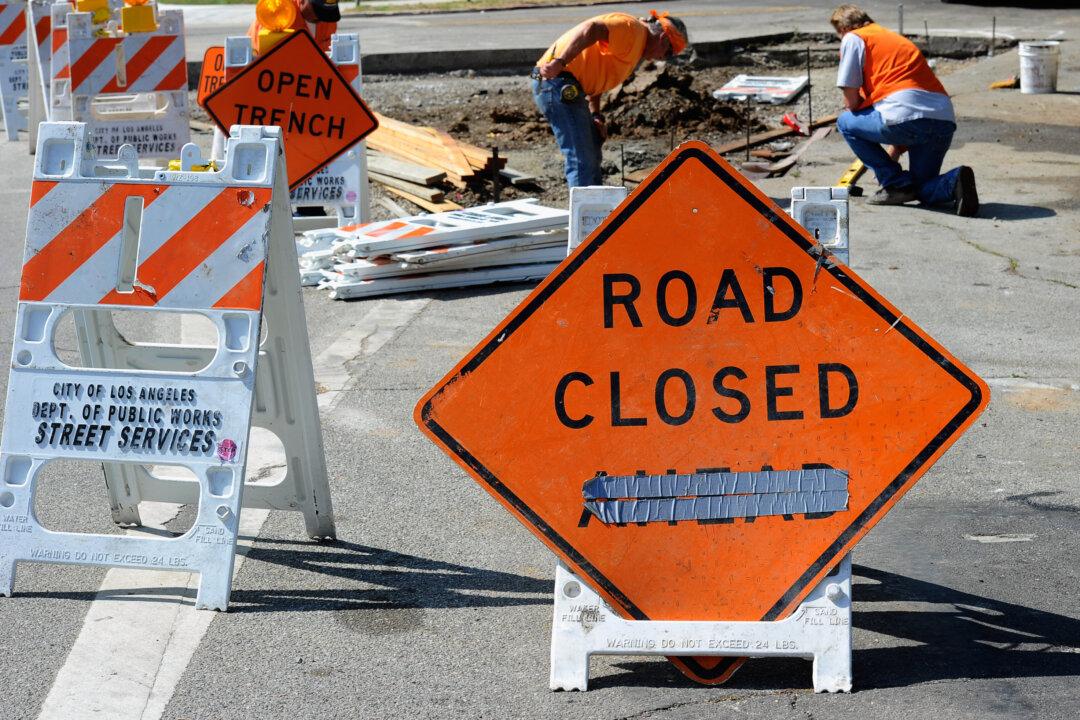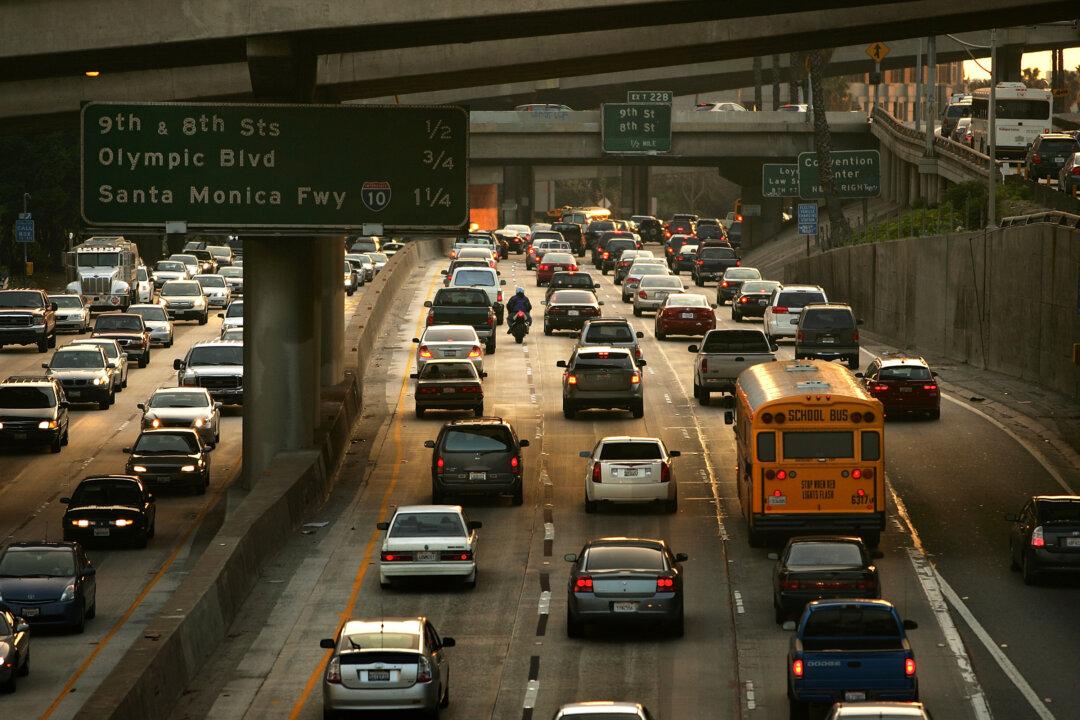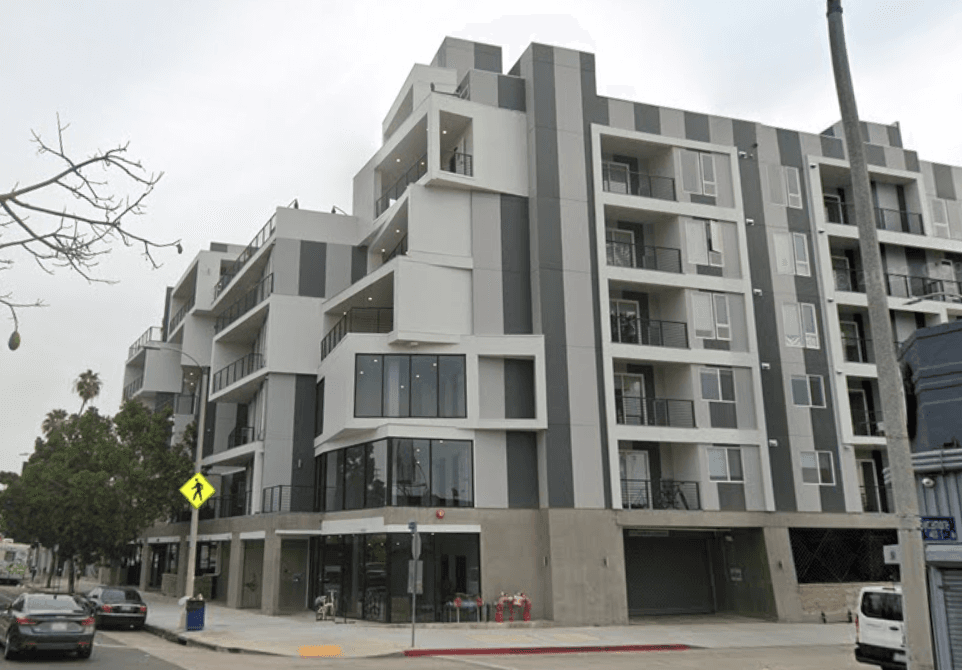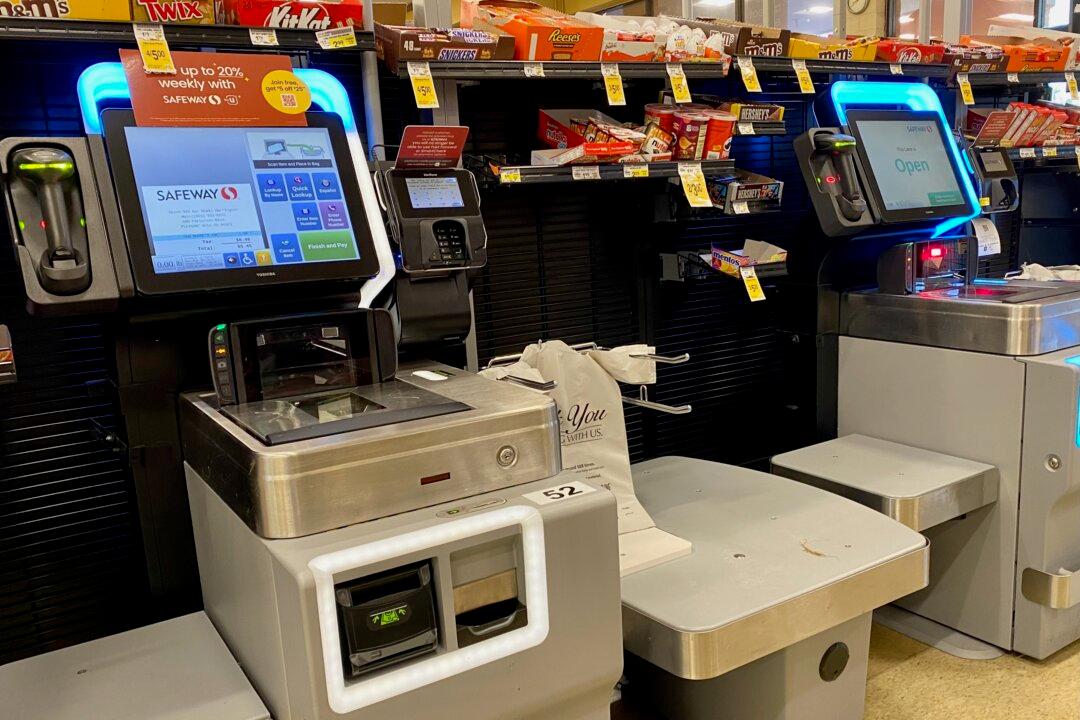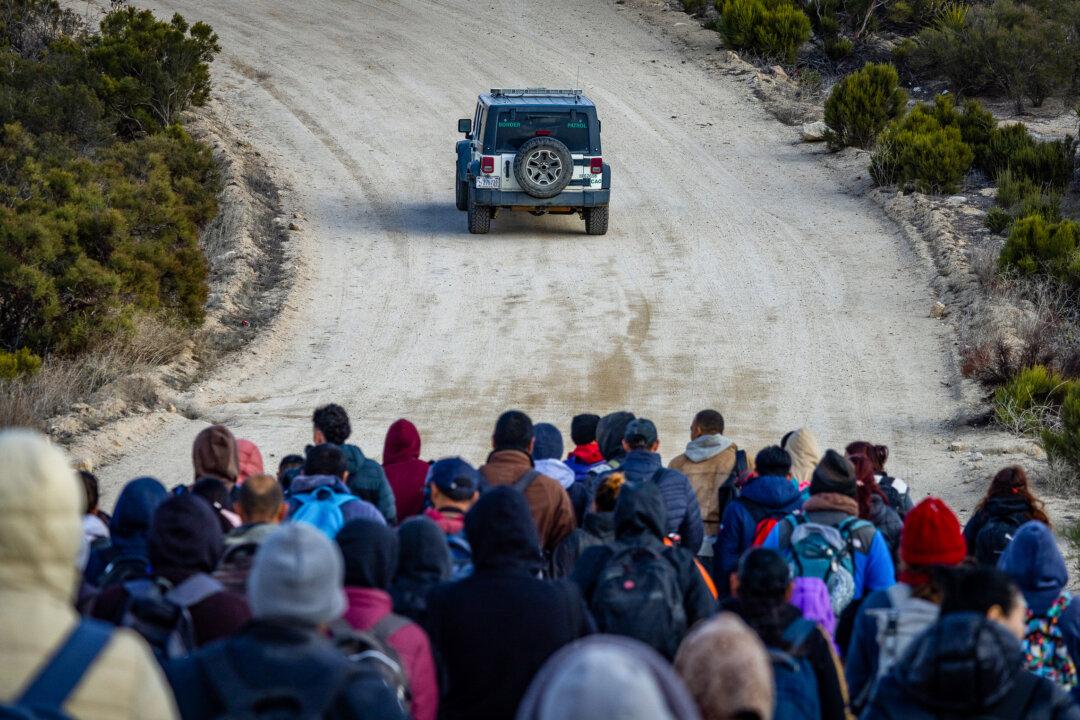Commentary
Sunset Boulevard is among the most iconic streets in the world. It winds through beautiful hills and canyons from the Pacific Ocean, through Brentwood, Bel Air, and Beverly Hills before giving way to the neon lights and billboards of the Sunset Strip, then continues running through Hollywood all the way to downtown Los Angeles.
